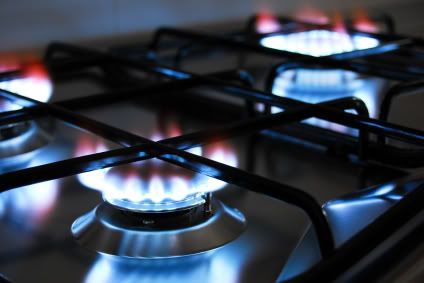“Fracking is not a panacea, but it really is by far this decade’s best green-energy option,” says Bjørn Lomborg of the Copenhagen Business School and author of the bestselling The Skeptical Environmentalist.
What is fracking exactly? Technically hydraulic fracturing, or “fracking,” is a process of injecting a mixture of water and chemicals deep into ground. The resulting pressure causes shale rock formations to fracture, releasing natural gas. The fluid is extracted, and the natural gas is mined through the well.
Lomborg notes that around the world scorching summer temperatures and record droughts have generated a lot of ink about global warming, but here’s a story you likely didn’t see in your morning newspaper:
Carbon-dioxide emissions in the United States have dropped to their lowest level in 20 years. …The cause is an unprecedented switch to natural gas, which emits 45 percent less carbon per energy unit. The U.S. used to generate about half its electricity from coal, and roughly 20 percent from gas. Over the past five years, those numbers have changed, first slowly and now dramatically: in April of this year, coal’s share in power generation plummeted to just 32 percent, on par with gas.
America’s rapid switch to natural gas is the result of three decades of technological innovation, particularly the development of hydraulic fracturing, or “fracking,” which has opened up large new resources of previously inaccessible shale gas. Despite some legitimate concerns about safety, it is hard to overstate the overwhelming benefits.
These benefits include:
-The reduction in U.S. emissions from shifting from coal to natural gas (as much as 500 megatons) is about twice the total effect of the Kyoto Protocol on carbon emissions in the rest of the world, including the European Union.
-U.S. carbon emissions have dropped some 20 percnet per capita, and are now at their lowest level since Dwight D. Eisenhower left the White House in 1961.
-Gas is the cheapest it’s been in 35 years, and this year alone it’s 3 to 5 times lower than it was in the mid-2000’s.
-These huge emissions reductions from fracking are free. Much smaller emissions reductions from heavily subsidized “green” industries are hugely expensive: wind power emissions reductions cost more than $3.3 billion annually, and even smaller reductions from ethanol (biofuels) and solar panels cost at least $8.5 and $3 billion annually.
Politicized opposition to fracking likely won’t stop anytime soon (see here, for example), but taxpayers who foot the bill should know that it is possible to square genuine concern for the environment with sound economics—perhaps the best sustainability strategy of all.


